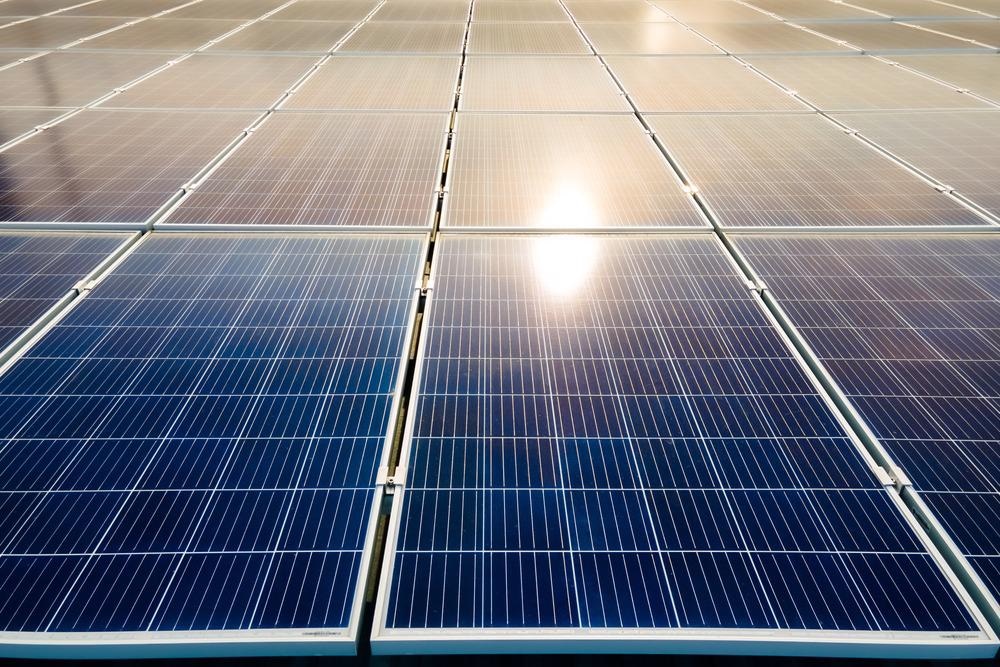May 11 2021
Photovoltaics scientists from Australia have made a “cool” breakthrough: Tandem solar cells and singlet fission—two creative methods to produce solar power more effectively—also help to reduce operating temperatures and maintain devices running for a longer time.

Image Credit: Bilanol/Shutterstock.com
Tandem cells are made from a mixture of silicon, which is the most generally utilized photovoltaics material, and new compounds such as perovskite nanocrystals, which can have a bigger bandgap compared to silicon and assist the device to capture more of the solar spectrum for energy generation.
At the same time, singlet fission is a method that generates twice the electronic charge carriers compared to the normal for each photon of light that has been absorbed. Tetracene is utilized in such devices to shift the energy produced by singlet fission into silicon.
All over the world, engineers and scientists have been working on the best methods to integrate tandem cells and singlet fission processes into commercially feasible devices with the ability to take over from traditional, single-junction silicon solar cells that are generally found on rooftops and in large-scale arrays.
At present, work performed by the School of Photovoltaic and Renewable Energy Engineering and the ARC Centre of Excellence in Exciton Science, both based at the University of New South Wales (UNSW) in Sydney, has underlined few main benefits to both singlet fission and tandem cells.
The scientists illustrated that both perovskite or silicon tandem cells and tetracene-based singlet fission cells will run at lower temperatures compared to traditional silicon devices. This will help decrease the effect of damage from the heat on the devices, thereby expanding their lifetime and reducing the charge of the energy generated.
For instance, a 5 °C to 10 °C decrease in module operating temperature matches with a 2% to 4% gain in yearly energy production. Moreover, the lifetime of the device is normally found to double for every 10 °C decrease in temperature. That implies a rise in the lifetime of 4.5 years for singlet fission cells and 3.1 years for the tandem cells.
As far as singlet fission cells are concerned, there is one more useful advantage. When tetracene degrades unavoidably, it turns out to be transparent to solar radiation, thereby enabling the cell to proceed with functioning as a traditional silicon device, albeit one that has originally operated at a lower temperature and provided extreme efficiency during the first stage of its lifecycle.
The commercial value of photovoltaic technologies can be increased by either increasing the energy conversion efficiency or the operational lifespan. The former is the primary driver for the development of next generation technologies, while little thought has been given to the potential lifespan advantages.
Jessica Yajie Jiang, Study Lead Author, ARC Center of Excellence in Exciton Science
“We demonstrated that these advanced photovoltaic technologies also show ancillary benefits in terms of enhanced lifespan by operating at lower temperature and more resilience under degradation, introducing a new paradigm to evaluate the potential of new solar energy technologies,” added Jiang.
Journal Reference:
Jiang, Y., et al. (2021) Singlet fission and tandem solar cells reduce thermal degradation and enhance lifespan. Progress in Photovoltaics. doi.org/10.1002/pip.3405.